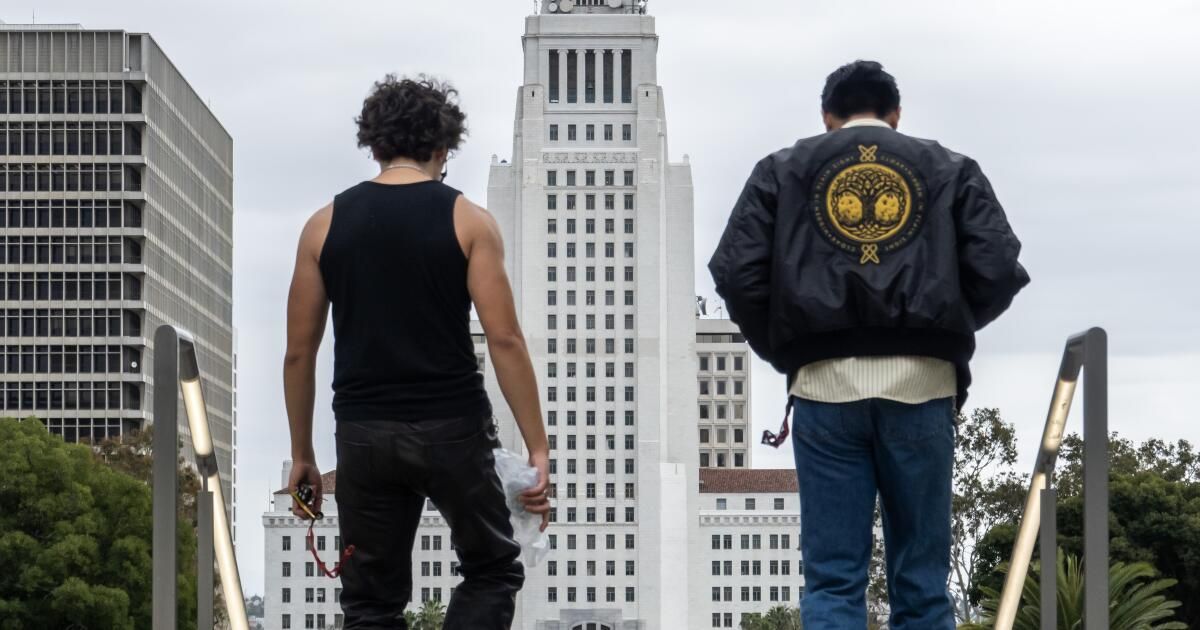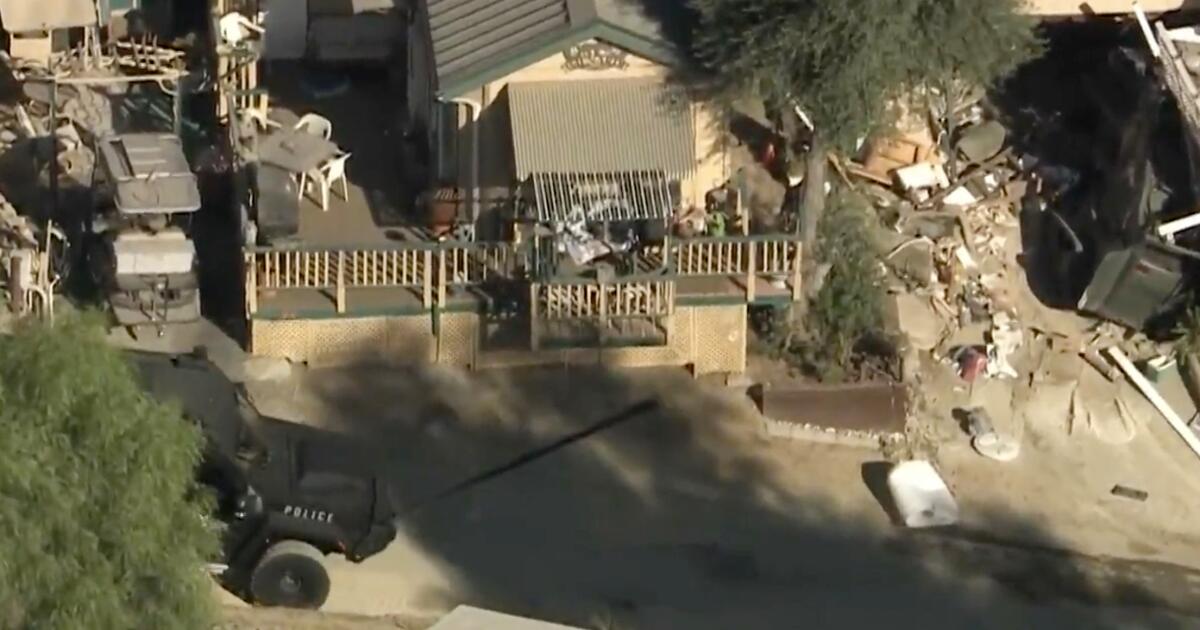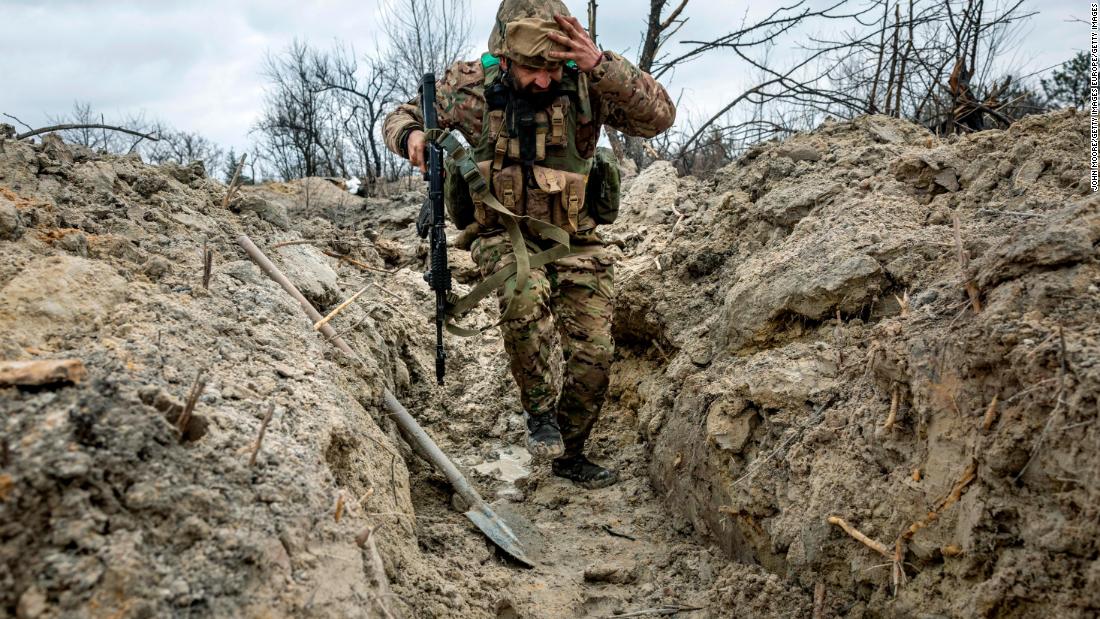The 4.9 magnitude earthquake that struck Southern California on Monday raised some classic questions: Why did it seem to last so long for some and so short for others, and why did some not feel it at all?
Not surprisingly, people near the epicenter, near Barstow, felt the strongest and longest shaking.
But in the Los Angeles basin, some residents felt nothing at all, while others reported being shaken for up to 15 seconds.
In Pasadena, about 95 miles southwest of the quake's epicenter, U.S. Geological Survey geophysicist Morgan Page felt nothing as she walked on the first floor, but her colleague, who was sitting in a chair on the second floor, felt shaking for a couple of seconds.
And just outside Los Angeles International Airport, on the sixth and seventh floors of The Times headquarters in El Segundo, about 115 miles southwest of the epicenter, journalists felt 15 to 20 seconds of relatively gentle swaying.
The ground beneath your feet matters
For people at the epicenter of an earthquake, the shaking may seem longer lasting because they feel weaker ground motions as well as stronger earthquake-generated shaking, Page said. In contrast, people farther away may feel only some of the larger ground motions.
It also matters what kind of rocks and soil are under your feet.
If you're in a basin, whether it's the Mojave Basin or the Los Angeles Basin, “you basically have more shaky sediments” beneath you that can produce “longer duration shaking and also amplify the shaking,” Page said.
The Los Angeles Basin is a 6-mile-deep, bathtub-shaped hole in the underlying bedrock, filled with weak sand and gravel eroded from the mountains and forming the plain where millions of people live in Southern California. When the energy of an earthquake is sent into these sedimentary basins, it amplifies the intensity of the shaking (perhaps ten times worse than if someone were standing on the bedrock) and also makes the shaking resonate like a bowl of Jell-O, prolonging its duration.
“The waves get trapped in the basin and that makes the tremor last longer. But there are also amplifications, so the waves are felt with a greater amplitude and therefore a stronger tremor that, without the amplification, would not have been felt. So both contribute to this duration,” said Page.
People who are sitting are more likely to experience tremors than those who are walking or moving around. “Whether you’re doing something or you’re sitting still, there’s a big difference,” she said.
Higher floors amplify the shaking
The height at which you are in a building also matters.
The shaking will be felt stronger on upper floors than on the ground floor, Page said.
Imagine you have a table with a spring attached to it and a weight placed on top of it, like an inverted pendulum. “If you shake the table, the top of that spring will wobble a lot more than the bottom,” Page said, explaining how people on the top floor of the same building will feel much more movement than those on a lower level.
“On the bottom floor, you’re connected to the ground. And on the top floor, you’re swinging on a part-flexible, part-rigid structure,” Page said.
Lessons from Ridgecrest
The difference in shaking was readily apparent during the magnitude 7.1 Ridgecrest earthquake in 2019, which had an epicenter 125 miles northeast of downtown Los Angeles.
During that quake, someone sitting in the lobby of a downtown skyscraper might have felt a slight tremor for a few seconds. But on the 50th floor, the experience was terrifying, with sensors on that floor swaying back and forth by up to a foot in each direction for two or three minutes.
On the 48th floor of another downtown building, a woman felt dizzy and her husband became dizzy after what seemed like minutes of rocking.
“Dizziness is something you feel when you’re in those skyscrapers” during certain earthquakes, Caltech civil engineering research professor Monica Kohler said in 2019.
Even across central Los Angeles, people reported varying experiences of shaking during Monday's quake, which struck at 1 p.m. In Silver Lake, Lucas, a six-year-old cat, slept through the quake, while his owner, on the third floor of an apartment building, felt a rocking motion for four to six seconds.
In the Los Feliz-East Hollywood area, a person sitting at a table felt two waves of shaking: a first lasting about three or four seconds, followed by a decrease in the shaking and then a second in which the walls shook for five or six seconds. But another person nearby felt nothing.
The epicenter of Monday's magnitude 4.9 earthquake was in California's Mojave Desert, roughly halfway between Los Angeles and Las Vegas.
P waves and S waves
Los Angeles was likely too far from Monday’s epicenter for anyone to have felt the quake’s “P” wave — the first type of vibration wave that an earthquake generates, in which rock vibrates in the direction of the moving wave. But someone in Los Angeles could have felt the “S” wave, in which bedrock oscillates perpendicular to the direction of the wave’s travel, according to Page.
The latest tremor felt here may have been the result of longer-period surface waves that arrived later, Page said. Surface waves are the longest-lasting waves that arrive and travel along the Earth's surface, arriving even after S waves.
Surface waves are “often the waves that make you feel like you're on a boat. They're almost like the waves that make you seasick, as opposed to the jittery P and S waves that come before,” Page said.
Times staff writers Jim Buzinski, Brittny Mejia, Joel Rubin, Nathan Solis and Terry Tang contributed to this report.












